The ochre tones that dominate the composition highlight the pink complexion of the subject’s face as well as his enigmatic blue eyes. The intense look of the character and his still but serene posture are accentuated by a gentle, nuanced and controlled brushstroke, which gives this portrait a fascinating and intriguing aspect.
A veritable hub, a commercial crossroads between East and West: Venice was at its cultural peak at the beginning of the 16th century. Yet wars and epidemics of plague have anchored in people’s minds the dark trace of an ephemeral and fragile life. Sensitive to these ideas, painters will play with shade and light in their
compositions, to present more poetic, nuanced and technical works. This game of chiaroscuro becomes a real pictorial tradition, especially Venetian, of which our painter is the worthy representative.
Jacopo Palma, whose real name is Jacomo Nigretti de Lavalle, was born into a modest family of shepherds in Serina (Bergamo, Lombardy) around 1480 . Little is known about the beginning of his life and his training: he is quoted in Venice in 1510 where he was probably an apprentice. He began his career in the Venetian Quattrocento finishing and drew some principles from it: the composition patterns, the iconographic themes and the ordinance of the great religious compositions. He also learned a lot from the great Venetian masters of his time such as Vittore Carpaccio, Giovanni Bellini, Giorgione and Titian whom he frequented. Palma soon found himself the Venice’s flagship painter and continually sought to satisfy wealthy patrons who guaranteed him reputation, income and numerous commissions. His art evolved throughout his career: if he concentrated on mythological and allegorical subjects of small dimensions during his youth, sacred subjects and large compositions became the mark of his maturity. As for portraits, Palma made them throughout her career to meet the demands of wealthy clients in the region. He paints many portraits of beautiful blond girls, until creating a physical archetype of Venetian female beauty that will last after his death. Palma was also known for changing his way of painting according to the patron: for a religious organization, he took a purely Venetian style with a preeminence of the holy family and the landscaped background; while for private commissions, it emphasized intimacy, naturalism and chiaroscuro, a reflection of the mortality and imperfection of the subjects.
Today many of his works have been attributed to others over the centuries (Giorgione, Titian or Palma the Younger). But the catalogue of his works has been enriched in recent decades, to the extent of new attributions and more advanced studies of his style. His plastic technique, his mastery of contrapposto, a rich and intense color palette, a diverse repertoire of characters while respecting classical constructions; all these qualities dominated his work and background of Palma the Elder a major figure of the painting of the Italian High Renaissance.
The attribution of our painting was confirmed after individual and independent examination, by Mauro Lucco (Historian of medievalist and modernist art, professor of art history at the University of Bologna, and curator in important exhibitions in Italy and abroad) and Paul Joannides (Professor of Art History at the University of Cambridge, specialist in Italian Renaissance art and French painting, author of works on Titian, Masaccio and Raphael).
Provenance : 1st Marquis of Donegall; sale Christie’s London on 19/22 March 1781; Collection Henry Doetsch (1839-1894), London; Sale Christie’s London on 22 June 1895, lot 35 (as being of Palma Vecchio); Sale Dorotheum Vienna on 18 October 2016 (Old Master Painting) ; then a private French collection.



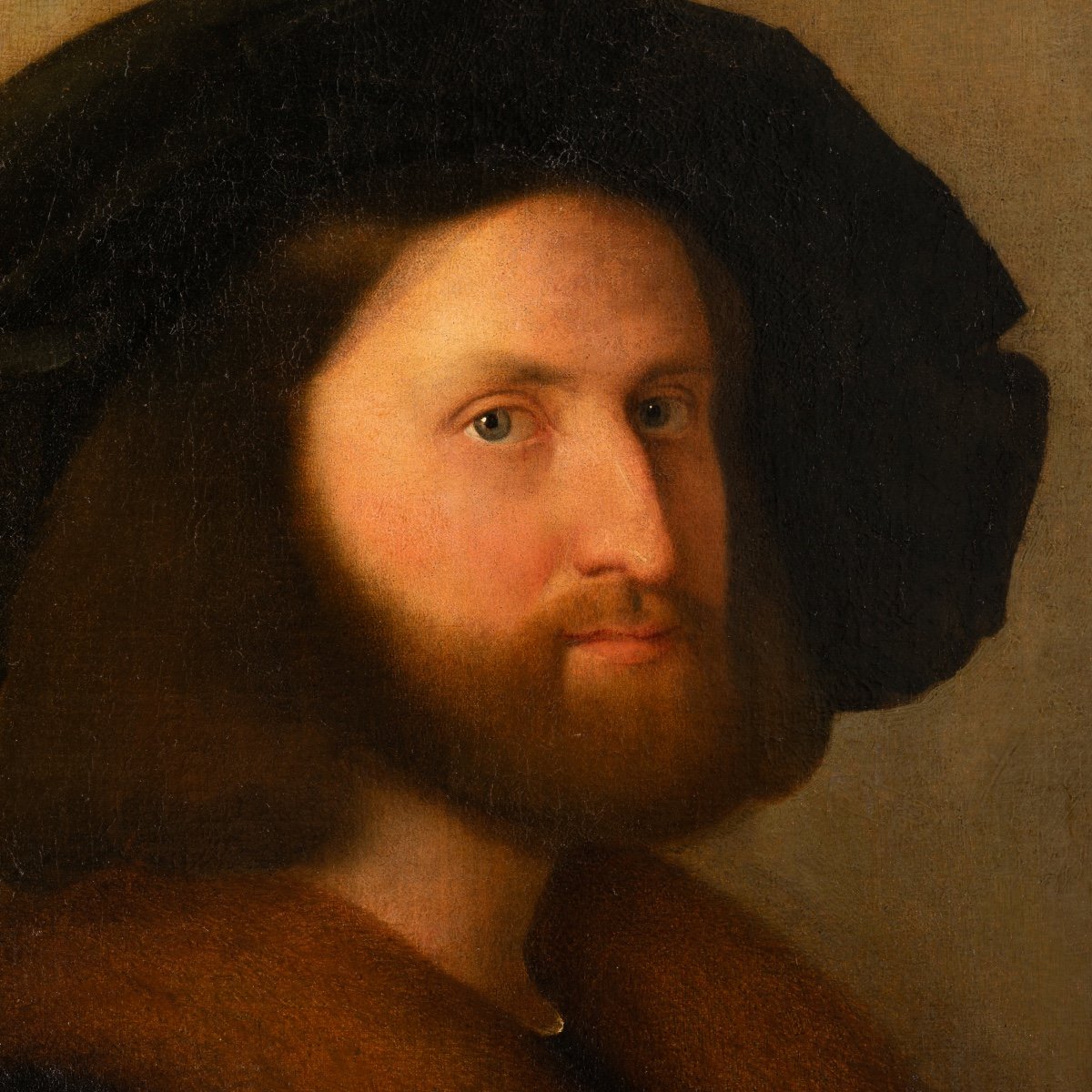







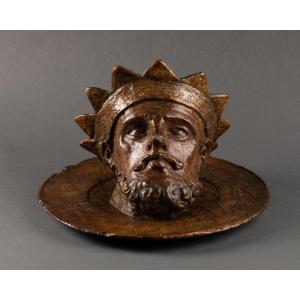
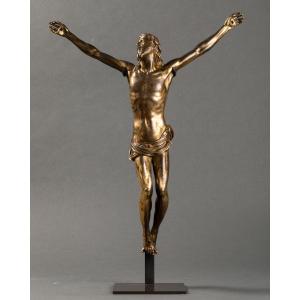
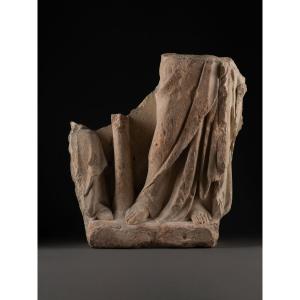


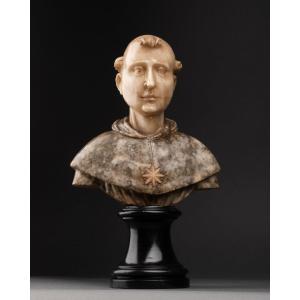

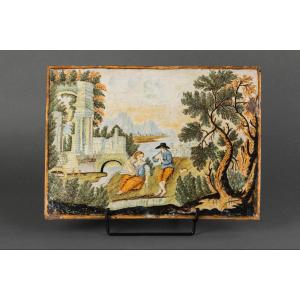


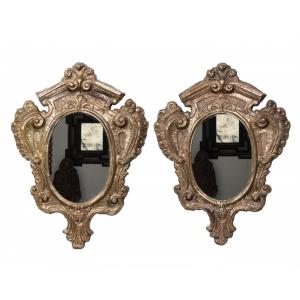






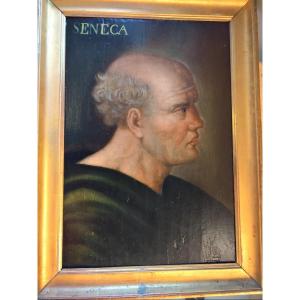
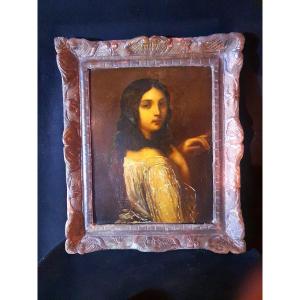
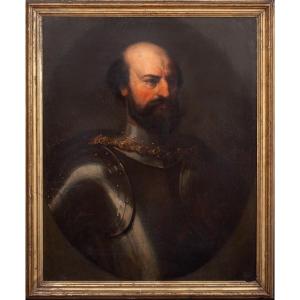



 Le Magazine de PROANTIC
Le Magazine de PROANTIC TRÉSORS Magazine
TRÉSORS Magazine Rivista Artiquariato
Rivista Artiquariato